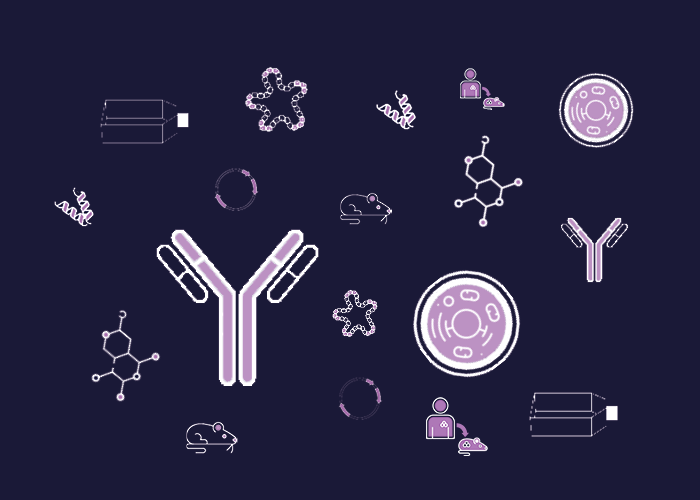
Cat. #161663
Anti-integrin b2
Cat. #: 161663
Sub-type: Primary antibody
Availability: 3-4 weeks
Target: CD18 (integrin ?2; ? subunit of CD11a, b, c)
Class: Monoclonal
Application: FACS, Function Blocking, Immunohistochemistry
Reactivity: Human
Host: Mouse
£300.00
This fee is applicable only for non-profit organisations. If you are a for-profit organisation or a researcher working on commercially-sponsored academic research, you will need to contact our licensing team for a commercial use license.
Contributor
Inventor: Elizabeth A. Wayner
Institute: Fred Hutchinson Cancer Center
Primary Citation: Garcia-Pardo et al.1990. Journal of Immunology.144(9):3361-6. PMID: 2139453
Tool Details
*FOR RESEARCH USE ONLY (for other uses, please contact the licensing team)
- Name: Anti-integrin b2
- Research fields: Cell biology
- Clone: P4H9
- Tool sub type: Primary antibody
- Class: Monoclonal
- Molecular weight: Predicted: 85 kDa; Apparent: 93 kDa
- Reactivity: Human
- Host: Mouse
- Application: FACS, Function Blocking, Immunohistochemistry
- Description: CD18 is a general marker of leukocytes.
- Immunogen: Human lymphokine activated T-cells (LAK)
- Isotype: IgG3
Target Details
- Target: CD18 (integrin ?2; ? subunit of CD11a, b, c)
- Molecular weight: Predicted: 85 kDa; Apparent: 93 kDa
- Target background: CD18 (integrin ?2; ? subunit of CD11a, b, c)
Applications
- Application: FACS, Function Blocking, Immunohistochemistry
- Application notes: A good starting concentration for immunohistochemistry (IHC), immunofluorescence (IF), and immunocytochemistry (ICC) when using mouse Ig is 2-5 ug/ml. For western blots, the recommended concentration range of mouse Ig 0.2-0.5 ug/ml. In general, rabbit antibodies demonstrate greater affinity and are used at a magnitude lower Ig concentration for initial testing. The recommended concentrations for rabbit Ig are 0.2-0.5 ug/ml (IF, IHC and ICC) and 20-50 ng/ml (WB).
Handling
- Storage conditions: For immediate use, short term storage at 4°C up to two weeks is recommended. For long term storage, divide the solution into volumes of no less than 20 ul for freezing at -20°C or -80°C. The small volume aliquot should provide sufficient reagent for short term use. Freeze-thaw cycles should be avoided. For concentrate or bioreactor products, an equal volume of glycerol, a cryoprotectant, may be added prior to freezing.
- Shipping conditions: Dry ice
References
- Garcia-Pardo et al.1990. Journal of Immunology.144(9):3361-6.PMID: 2139453
- Languino et al.1989. J Cell Biol.109(5):2455-62.PMID: 2530239
- Dittel et al.1993.Blood.81(9):2272-82.PMID: 7683214


